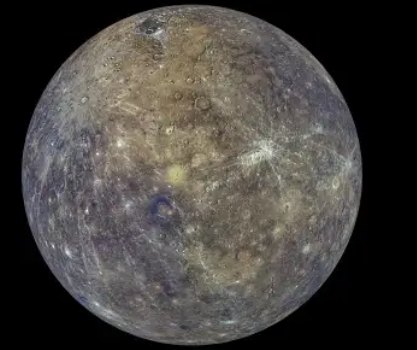Mercury Planet
Mercury's proximity to the Sun and its unique characteristics make it an interesting object of study for astronomers and planetary scientists, providing insights into the processes that shaped rocky planets in our solar system.


Introduction
Mercury, the closest planet to the Sun, has long captivated the curiosity of scientists and space enthusiasts alike. Its mysterious nature, unique composition, and intriguing characteristics make it a subject of fascination and study. In this blog post, we will delve into the discovery of Mercury, its composition, atmosphere, absence of moons, interesting facts, and its connection to astrology.
Discovery of Mercury planet
The discovery of Mercury can be traced back to ancient civilizations. However, it was the observations made by Galileo Galilei in the early 17th century that provided a more detailed understanding of this elusive planet. Later, in 1974 and 1975, NASA's Mariner 10 spacecraft made three flybys of Mercury, providing the first up-close images and data.
Composition of Mercury planet
Mercury is a rocky planet, similar to Earth, with a diameter of approximately 4,879 kilometers. Its composition consists mainly of silicate rock and metal, giving it a high density. In fact, Mercury is the second densest planet in our solar system, after Earth. It has a large iron core, accounting for about 70% of its mass.
Atmosphere of Mercury planet
Unlike Earth, Mercury has a very thin and tenuous atmosphere. The planet's proximity to the Sun means that its atmosphere is constantly being stripped away by the solar wind. As a result, Mercury's atmosphere is composed primarily of atoms and ions that have been blown off its surface. This lack of a substantial atmosphere contributes to extreme temperature variations on the planet.
Mercury does not have any moons
Unlike many other planets in our solar system, Mercury does not have any moons. The absence of moons is attributed to its close proximity to the Sun and the strong gravitational pull from the Sun itself. The gravitational forces exerted by the Sun make it difficult for Mercury to capture or retain any moons in its orbit.
Facts About Mercury planet
Here are some fascinating facts about Mercury:
Mercury is the smallest planet in our solar system.
It has the shortest year, taking only about 88 Earth days to complete one orbit around the Sun.
Mercury experiences extreme temperature variations, with scorching hot temperatures during the day and freezing cold temperatures at night.
It has a cratered surface, similar to the Moon, with many impact craters caused by asteroids and comets.
Mercury has a slow rotation, taking about 59 Earth days to complete one rotation on its axis. This means that a day on Mercury is longer than its year.
Mercury planet and astrology
Mercury has a significant role in astrology, representing communication, intelligence, and mental agility. Mercury's influence is also associated with technology, travel, and commerce.
Conclusion
Mercury, the enigmatic planet closest to the Sun, continues to intrigue scientists and astronomers with its unique characteristics. From its rocky composition and lack of moons to its extreme temperature variations and connection to astrology, Mercury offers a wealth of knowledge and fascination. As we continue to explore our solar system, Mercury remains a captivating world that sparks our curiosity and expands our understanding of the universe.
